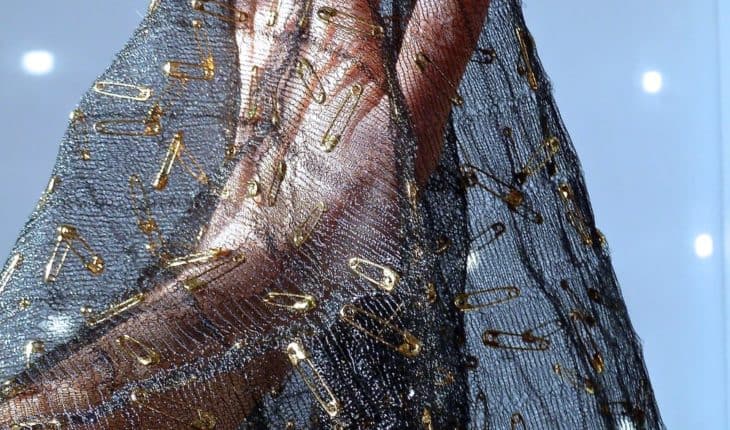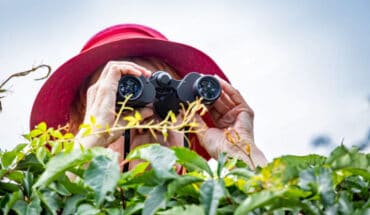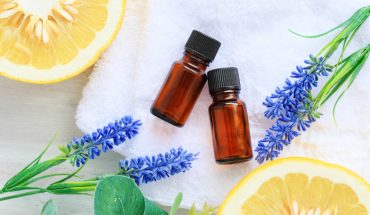A thought-provoking new exhibition at the Royal College of GPs examines the upsides and downsides of drug-based medicine
A thought-provoking new exhibition ‘What Once was Imagined’ (WOWI), at the Royal College of GPs, until May 31st, is a medical art collaboration between two friends, artist Susie Freeman and College Fellow Dr Liz Lee. Together their work explores several pertinent issues for general practice. ‘We wanted to show what medicine is doing now and to celebrate the rapid incredible advances in medicine balanced against over-prescribing issues that GPs are looking into,’ comments Freeman, ‘We wanted to show what medicine is doing now and to celebrate the rapid incredible advances in medicine balanced against over-prescribing issues that GPs are looking into,’ comments Freeman.
The exhibition includes 31 intriguing pieces of art – many shown for the very first time that explore relevant topics including mental health, antimicrobial resistance, chronic disease and contraception, to name a few. ‘The show celebrates advances in medical research that mean our patients can live longer, and diseases that were once seen as a death sentence are now treatable,’ explains Dr Lee.
‘The show celebrates advances in medical research that mean our patients can live longer, and diseases that were once seen as a death sentence are now treatable,’ explains Dr Lee
It also explores new and unexpected challenges facing medicine, such as over-diagnosis and important questions such as ‘are we simply prescribing too many pills?’ One of the pertinent issues facing doctors is that superbugs kill almost 700,000 people a year and by 2050 this could rise to 30 million. A quarter of the world’s population are infected with tuberculosis (TB, in a latent form) with drug-resistant TB becoming an issue for many countries.
Each piece explores a different health issue, with some works relating to specific patients: Charlie and Lucy, for example, considers the latest gene therapy being used to treat cystic fibrosis, while Miss Essex is a giant handbag adorned with all the pills one woman hoarded during treatment for her mental health.
Many pieces were created using real medication and medical devices. One highlight in the exhibition, Larking About, a handbag is decorated with long-acting reversible contraceptives known as LARCS, looks at changing trends in recommended contraception while others, such as Feast, a coat made entirely from the discarded packaging from a family’s Christmas Day dinner challenges our wasteful consumer culture. This meal contains on average around 7,000 calories – more than double the recommended daily intake for men and women. The artists hope that this will remind people to eat healthily, particularly as obesity-related problems such as diabetes and heart disease threaten to overwhelm an already over-pressured NHS.
Another thought-provoking installation in the show is Jubilee, a dress made out of the number of contraceptive pills a woman could take during her married life, and Armour made with the empty packets from medicines one of Dr Lee’s patients took in the last five years of his life.
Don’t miss seeing ‘A Packet a Week,’ a startling installation featuring smoking in pregnancy. Freeman explains to me her inspiration behind this artwork; ‘In conversation with two friends who were pregnant and smoking one of them said: “It’s okay, I only smoke one or two a day and a pack lasts a whole week.” Using my pocket knitting technique, I decided to see what a pack a week of cigarettes smoked for 9 months would look like in a piece of cloth and later fashioned into a dress. Another couple of friends agreed to model the artwork and take photos.’
‘In conversation with two friends who were pregnant and smoking one of them said: “It’s okay, I only smoke one or two a day and a pack lasts a whole week.” Using my pocket knitting technique, I decided to see what a pack a week of cigarettes smoked for 9 months would look like in a piece of cloth and later fashioned into a dress. Another couple of friends agreed to model the artwork and take photos.’
Other key pieces include Sonia: a cascading silver muslin coat covered in three year’s worth of lupus medication packets. Lupus, an autoimmune disease once considerable untreatable, attacks the body’s immune system causing multi-organ failure. ‘Taking so many pills is a burden, but it’s saving Sonia’s life,’ says Dr Lee. Another installation, Steve’s Scarf, is constructed from pills prescribed by Dr Lee to help manage her patient Steve’s heart disease, arthritis and diabetes – a stark reminder of the rise in numbers of patients living with multiple chronic conditions as people live longer.
Freeman explores her own experience of depression and anxiety in Wave, a meditative, delicate stretch of blue fabric decorated with the packets of her own medication: ‘For some people it presents as ‘black dog’ but for me it was a deep blue,’ she explains.
Dr Lee said, ‘My father, Dr Alan Baskerville Lee, was one of the first College members, and I have vivid childhood memories of him endlessly taking indigestion tablets. In the 1980s he tested positive for helicobacter; a bacterium associated with stomach ulcers. He took a one-week course of triple therapy: amoxicillin, metronidazole and omeprazole and his indigestion was cured. That’s an extraordinary example of medical progress and how it has transformed the miserable symptom of indigestion for millions of people.’
‘My father, Dr Alan Baskerville Lee, was one of the first College members, and I have vivid childhood memories of him endlessly taking indigestion tablets. In the 1980s he tested positive for helicobacter; a bacterium associated with stomach ulcers. He took a one-week course of triple therapy: amoxicillin, metronidazole and omeprazole and his indigestion was cured. That’s an extraordinary example of medical progress and how it has transformed the miserable symptom of indigestion for millions of people.’
On the other hand, Dr Lee acknowledges the downside of medication: ‘It can be a burden. I take statins and can’t bear it, although I know it’s for a reason. Every evening when I take the tablets it makes me feel old, it’s a reminder of my mortality. GP’s are acutely aware that we must be cautious about the medications our patients take. There is an important conversation to be had, and our patients need to be a part of it, about alternatives to medication, as well as what can be done to prevent people becoming sick in the first place.’ ‘It can be a burden. I take statins and can’t bear it, although I know it’s for a reason. Every evening when I take the tablets it makes me feel old, it’s a reminder of my mortality. GP’s are acutely aware that we must be cautious about the medications our patients take. There is an important conversation to be had, and our patients need to be a part of it, about alternatives to medication, as well as what can be done to prevent people becoming sick in the first place.’
Freeman adds, ‘We often hear about how bad pills are for us, but modern medicine has worked wonders for millions of people and is the reason why so many of us are still here today. Many of the conditions showcased in our exhibition were once a death sentence, but now, thanks to these tiny tablets, people are living healthier and longer than ever once imagined.’
Freeman adds, ‘We often hear about how bad pills are for us, but modern medicine has worked wonders for millions of people and is the reason why so many of us are still here today. Many of the conditions showcased in our exhibition were once a death sentence, but now, thanks to these tiny tablets, people are living healthier and longer than ever once imagined.’
What Once was Imagined: Celebrating Twenty Years of Pharmacopoeia, (WOWI) is a FREE exhibition open to the public, until May 2019, at The Royal College of General Practitioners, 30 Euston Square, NW1 2FB
Opening hours – 10am – 8pm Monday to Friday; 10am to 4pm Saturday and Sunday
Susie Freeman’s work is held in the permanent collections of the British Museum, Wellcome Trust and the V & A
- People’s Choice Victory for Down’s Syndrome Scotland Garden at Chelsea 2025 - 28th May 2025
- Cadogan: A Chelsea Family By Tamsin Perrett - 3rd May 2025
- Dream Worlds a new exhibition in Cambridge - 14th December 2024








Except humans do not live longer as studies into ancient Egyptian and South American mummies reveal. With good living conditions humans live as long today as they have ever lived. What is different today are the huge levels, worse in children, of chronic and serious disease, so, whatever modern medicine does, it is not creating health or contributing to healthy lives. Quite the opposite. This fantasy that modern medicine has people living longer is based on total denial of the part that improving sanitation, hygiene and nutrition has played. The records reveal, from 1830 in the UK and a few… Read more »